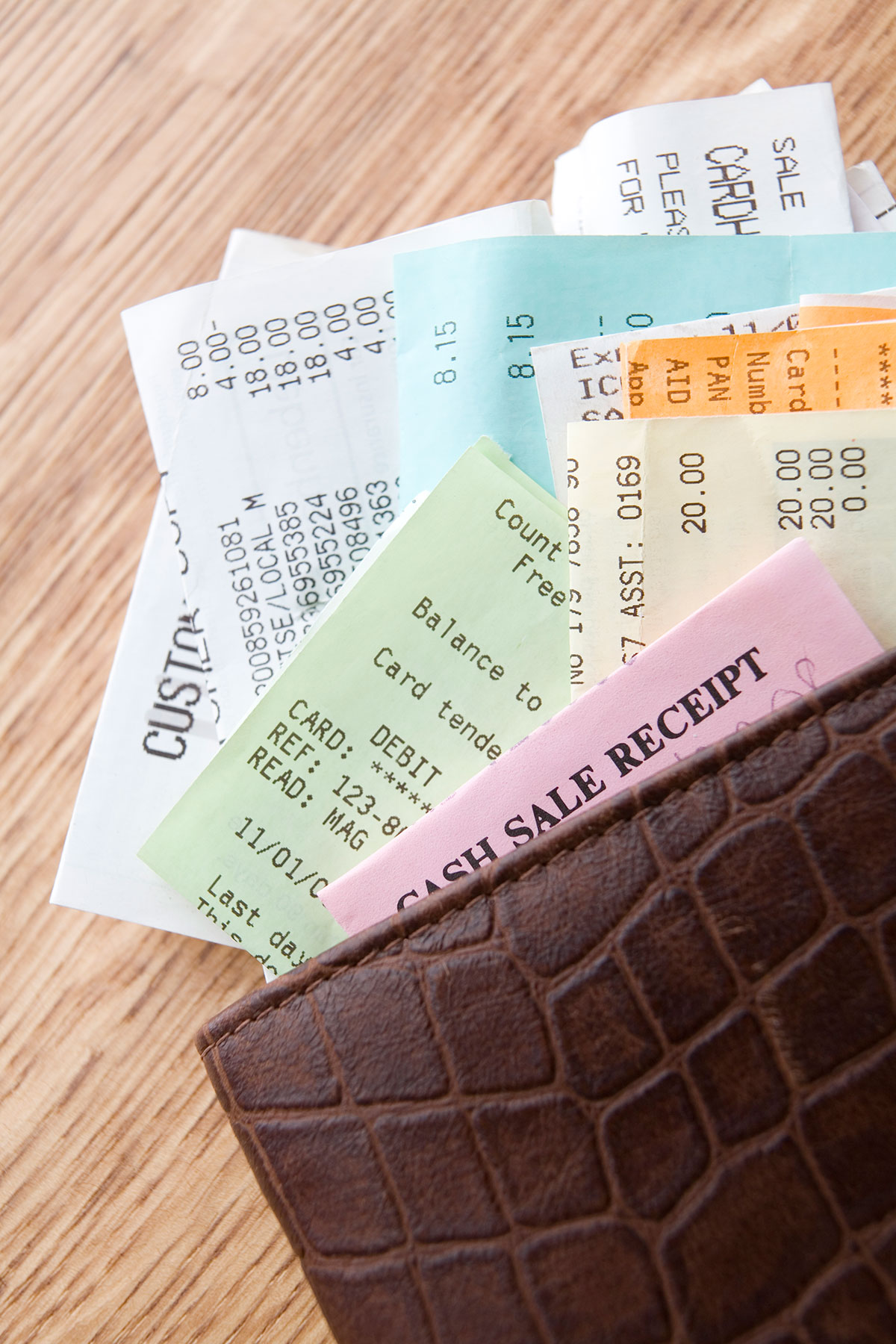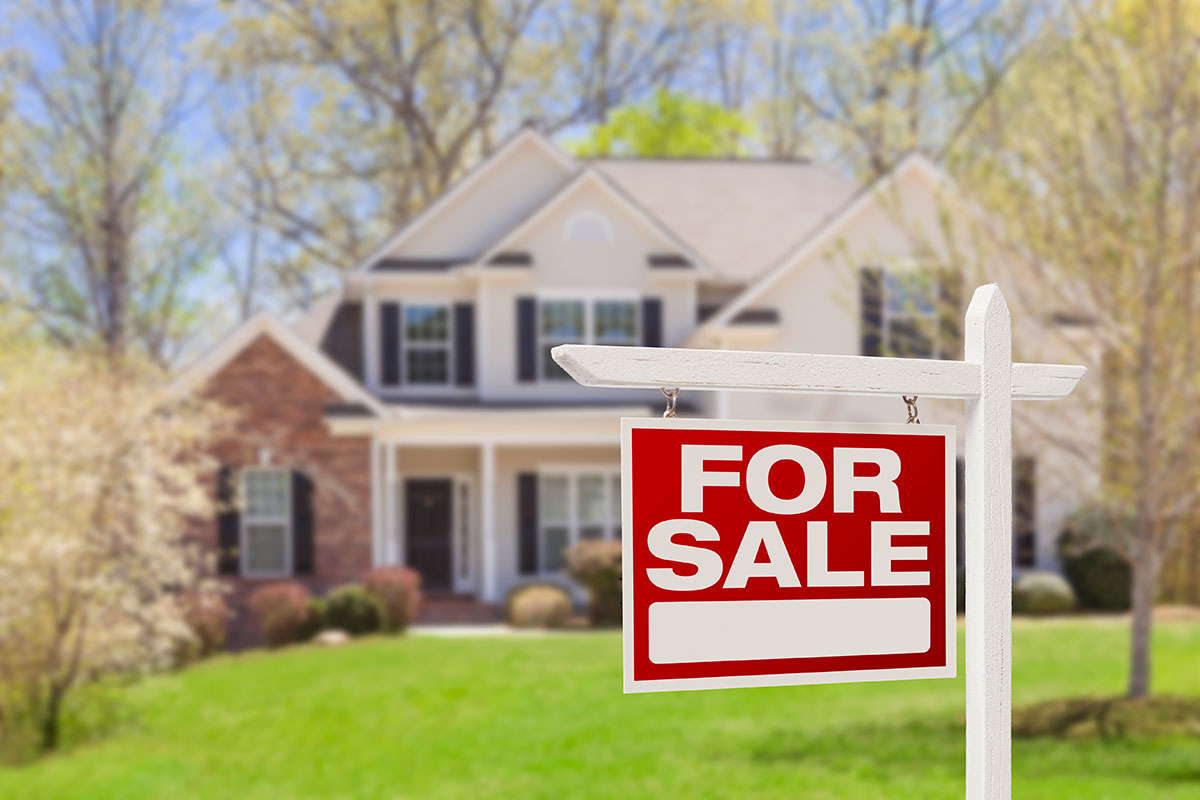Saving for a Home Post-Bankruptcy: A Three-Step Guide for Families

If you're have declared bankruptcy and are ready to rebuild your financial credibility, you're not alone. For the nearly 1 million Americans who filed for bankruptcy in 2016, you may think home ownership is a pie in the sky kind of goal.
Time to think again!
You don't have to throw in the towel — it is very possible to buy a home after filing for bankruptcy. In fact, with bankruptcy, you may be able to rebuild your credit more quickly than if you continued to struggle with paying off all of your debt. However, it's not an easy road. This guide will walk you through three important steps to turn your home ownership dream into a reality. Our guide discusses how to:
- Organize your finances and build your savings
- Secure the best financial future
- Create a plan and a timeline
Organize Your Finances and Build Your Savings

With bankruptcy over, you might feel so unburdened by the reduced financial stress that you are ready to leap back into the housing market. However, you might want to curb your enthusiasm just a bit. Once the dust has settled, it's time to take an inventory of your financial situation so you can understand the best financial decisions to make.
First, start with your credit report. Compare a copy of your credit report before bankruptcy to a picture of your finances now. Your credit score plays a big role in your lender's decision to offer you a home loan, so getting a clear idea of the impact your bankruptcy had on your new credit report will give you an idea of your post-bankruptcy baseline. Next, take stock of your monthly bills. You need a clear understanding of how much you have coming in versus going out. Before bankruptcy, you might have struggled to meet those monthly payments, so it's important to know how to stay in control of your current situation.
Managing your monthly household budget keeps you on track to pay each bill on time, which helps maintain a good credit score. This number is one of the first things a lender is going to check when determining if you qualify for a loan. Once you have your finances organized and in order, consider these options for rebuilding your credit:
- Open a credit card: Use a credit card to pay some of your monthly expenses, but pay it off every month.
- Build up your savings: Whether to help improve your financial stability or to work on stockpiling a 20-percent down payment, a healthy savings account shows financial security and maturity to a home loan lender. Now that you are able to come up for air from your sea of debt, putting away even small chunks of money can make a big impact. The more often you can save money — even a little bit at a time — the better financial habits you create. You can also schedule an automatic deduction from your paycheck or checking account that transfers directly into a savings account.
As you keep managing your finances and working on your savings, set a realistic down payment goal and begin working on a timeline to reach it. Most financial professionals recommend a down payment equal to 20 percent of the property's overall purchase price. Although some home loans are awarded even with a lower down payment, you can avoid paying mortgage insurance and lower your monthly payment by putting down 20 percent.
By keeping a close eye on your budget, paying all of your bills on time, monitoring your credit report, and working on your savings habits, you'll start to see the positive changes you need to step closer and closer to buying a house.
Secure Your Financial Future

Many people think monthly payments are the only financial concern when purchasing a new home, but there's more to a mortgage than the interest rate. For those coming out of bankruptcy, it is especially important to understand how this will impact your home-buying options. For example, you are likely looking at a higher interest rate at the beginning, but you also need to know when and how to renegotiate it. Other financial considerations to make include:
- Which kind of loan is right for you? Should you go for a conventional loan from a private lender, or a government loan like the Federal Housing Administration's FHA loan? Private loans tend to be more rigid, and your bankruptcy will definitely impact your options. FHA loans usually have more flexibility for income and down payments & allow buyers with lower credit scores to qualify, but are often meant for first-time or low-income buyers.
- What kind of interest rate can you apply for? You have two options: fixed rate or adjustable rate. A fixed rate locks down the interest rate at the time you sign your loan, while adjustable-rate mortgages change with the market, which means you might start out with a lower rate, but it could increase over time. You've worked hard to climb out of debt, so make sure to secure an interest rate that won't sink you.
- What kinds of fees will you have to pay? Appraisals, inspections, title processing, and escrow needs are often included into your loan, allowing you to pay them down monthly. Coming out of bankruptcy, you may be required to pay some of these fees up front.
From fixing a broken heating and cooling unit to improving your credit score, creating a realistic timeline will help you steadily build your savings after bankruptcy and have the information you need to make the right financial decisions about your new home. Buying a house is one of the biggest purchases you'll ever make, so if you are recovering from bankruptcy, it pays to take it slowly and plan your finances accordingly.
Create a Plan and a Timeline

Buying a home is about much more than finding an agent and paying the mortgage each month — though both are important. As a homeowner, you'll be responsible for any maintenance issues that arise, from a broken appliance to a new roof. In addition to your monthly payments, you'll want to be prepared for expenses like these. Create a plan and set a timeline to achieve the goals you need to sign your name on the deed to your new home. Here are a few projects to take on:
- Examine your monthly payments: Your spending and housing expenses should not be more than 30 percent of your monthly earnings. Plan to find a house that fits as close to this budget as possible.
- Plan for home repairs: Since you might have challenges getting home repair loans after bankruptcy, you'll need to be ready to foot the bill on both big home repairs and regular maintenance. Decide if you'll need to pay for landscaping, pest control, snow removal, and flood or fire insurance. Create a timeline for putting back enough money so that when you finally purchase, you can put a big dent in these costs.
- Research neighborhoods: Many people look at individual houses, but do they pay attention to neighborhoods? You don't want to decide to move within a few years of your bankruptcy if the only homes you can afford are in areas with substandard schools, crime rates, neighbors, flight paths or traffic. Create a timeline for moving that includes organizing finances, as well as researching — and saving for — the perfect home in your ideal neighborhood.
- Strengthen your debt-to-income ratio: This number conveys your gross monthly income versus your debt payments — and is extremely important to your home loan lender. Figure out your percentage and create a plan to lower your debt-to-income ratio beneath 36 percent so you can maximize the amount your lender will approve for your loan.
There is light at the end of the tunnel after bankruptcy. Sometimes, that light shines right on your new home. Bankruptcy offers your credit a new lease on life, so being mindful about your journey to a new home can help you rebuild your financial future. Start with a clear understanding of your credit score and take your time to rebuild it so you can buy your dream house.
Real Estate Buyers: Are You Unsure Which Loans You'll Qualify For?
We have partnered with Mortgage Research Center to help local homebuyers and refinancers find out what loan programs they are qualified for and connect them with local lenders offering competitive interest rates.